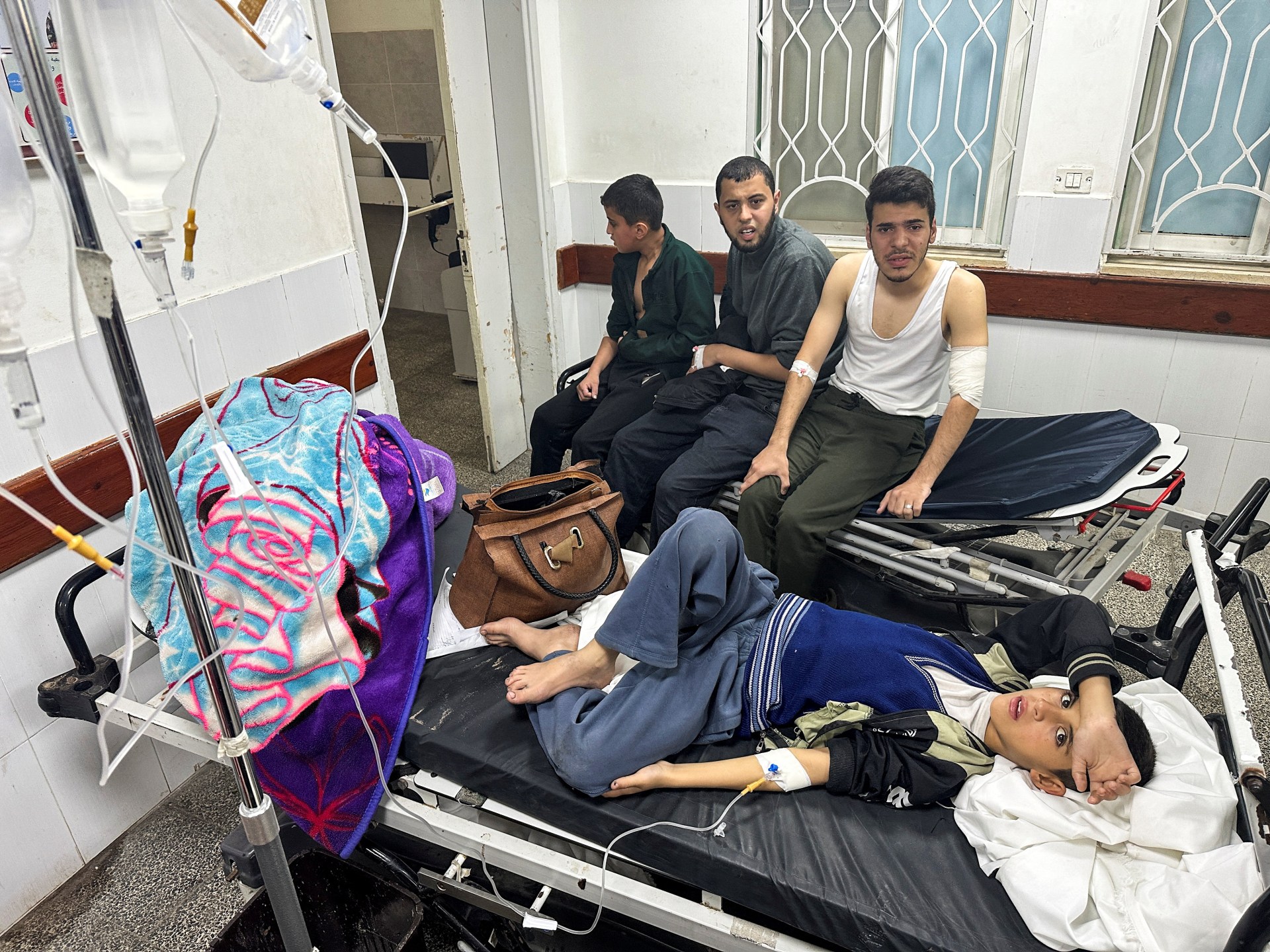The besieged residents of the Gaza Strip who have so far survived Israel’s bombs and bullets, are increasingly faced with the spread of diseases amid heavy winter rains that have flooded their makeshift shelters, and an acute shortage of food and potable water.
Doctors and aid workers have warned of epidemics given the dire humanitarian situation and with the enclave’s health system on its knees.
From November 29 to December 10, cases of diarrhoea in children under five jumped 66 percent to 59,895, and increased by 55 percent for the rest of the population, according to data from the World Health Organization (WHO).
The UN health agency cautioned that the figures likely did not provide the full picture because of a lack of complete information with the health system and other services in Gaza near collapse.
Ahmed al-Farra, the head of the paediatric ward at Nasser hospital in Khan Younis in southern Gaza, said this week that his ward was overrun with children suffering extreme dehydration, causing kidney failure in some cases, while severe diarrhoea was four times higher than normal.
He said he was aware of 15 to 30 cases of hepatitis A in Khan Younis in the past two weeks: “The incubation period of the virus is three weeks to a month, so after a month there will be an explosion in the number of cases of hepatitis A.”
In its latest report on conditions in Gaza, the UN Office for the Coordination of Humanitarian Affairs said the WHO has reported cases of meningitis, chickenpox, jaundice and upper respiratory tract infections.
Since the truce between Israel and Hamas collapsed on December 1, hundreds of thousands of people have been forced to shelter in abandoned buildings, schools and tents. Many more are sleeping in the open with little access to toilets or water to bathe, aid workers said.
Twenty-one of Gaza’s 36 hospitals are closed, 11 are partially functional and four are minimally functional, according to WHO figures from December 10.
Check out our Latest News and Follow us at Facebook
Original Source

